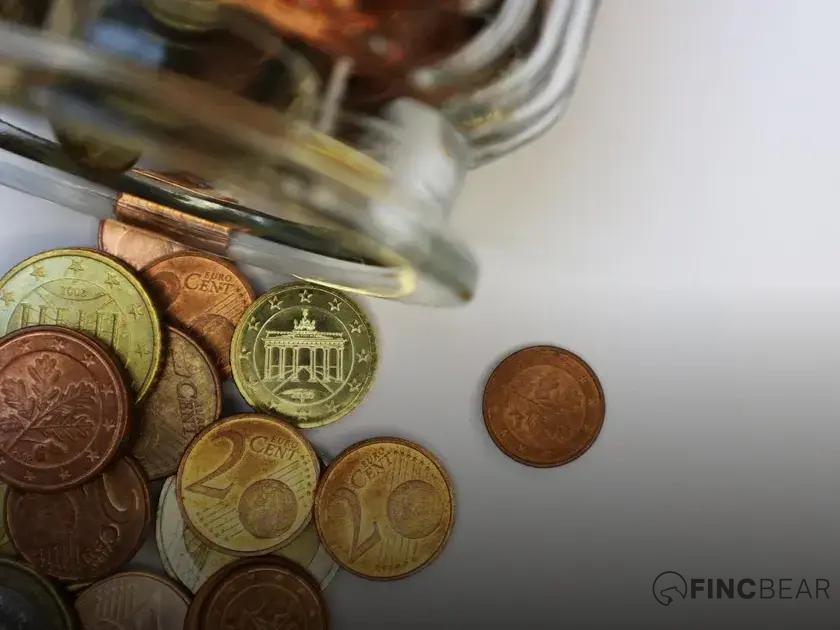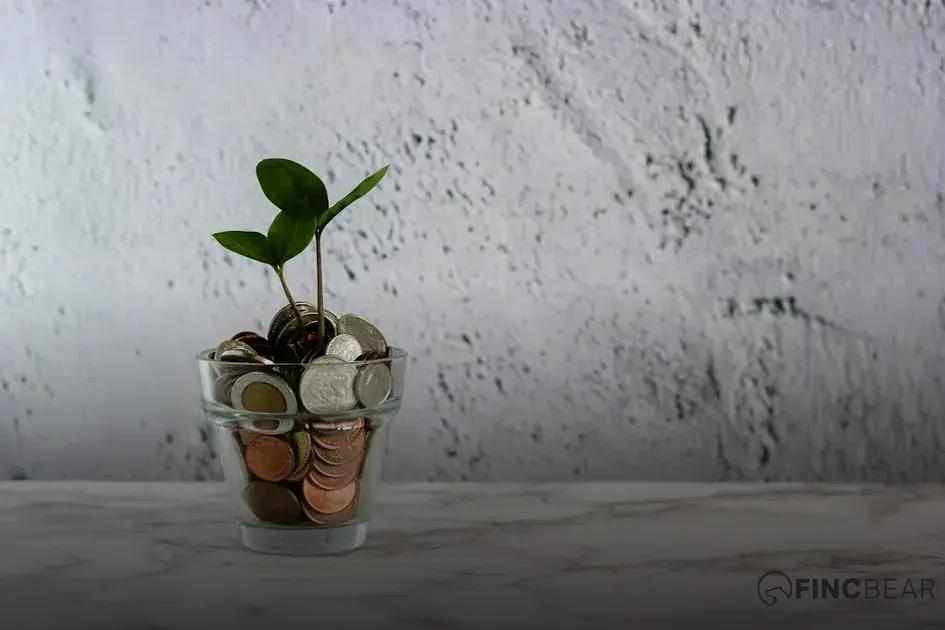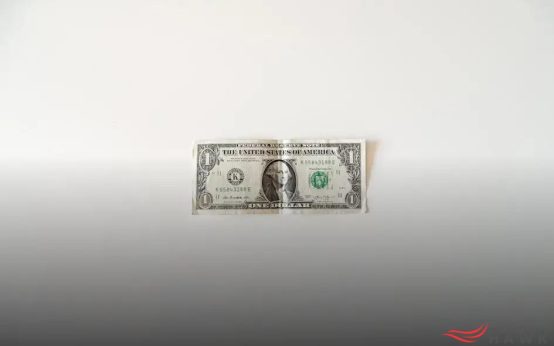Having substantial debt can be stressful and overwhelming, but it doesn’t have to be a life sentence. Learning how to pay off debt faster can open up new financial opportunities and freedom. Whether you’re juggling student loans, credit card balances, or personal loans, knowing where to start can feel daunting.
Firstly, you must understand your debt situation fully. This means considering not just how much you owe, but to whom and under what terms. With this knowledge, you can build a realistic repayment plan tailored to your needs and explore various options, such as debt consolidation. Adopting effective money-saving habits is another crucial strategy to accelerate your journey to being debt-free.
Understanding Your Debt Situation
Before diving into debt repayment strategies, it’s crucial to assess your current debt situation. This involves getting a clear picture of all outstanding debts, interest rates, and minimum monthly payments. Start by listing each debt, the remaining balance, the interest rate, and the monthly payment.
Organize and Prioritize
Categorize your debts into types, such as credit card debt, student loans, or personal loans. Understanding the nature of each debt can help in determining the best repayment strategy. It is beneficial to focus on high-interest debts first, as they accumulate more interest over time.
Review Your Credit Report regularly to see if any debts are impacting your credit score and assess any errors that might be inflating your debt total. Sometimes, credit reports may have inaccuracies that can be disputed and corrected.
Knowing the exact terms and conditions of each debt can help in determining potential negotiation points. Knowing whether you can negotiate lower interest rates or monthly payment terms can make a significant difference in managing repayments more effectively.
Using tools like budgeting apps or spreadsheets can enhance your understanding of your monthly financial flow. By being aware of your income versus expenses, you can see how much you can allocate to repaying each debt consistently.
Creating a Realistic Repayment Plan

Creating a realistic repayment plan is essential for effectively managing and paying off your debt. Start by listing all your debts in order of balance, interest rate, and minimum payment. This will give you a clear overview and help prioritize which debts to tackle first. Focus on debts with the highest interest rates; paying these off can save on interest in the long run.
After organizing your debts, calculate how much money you can allocate towards debt repayment each month from your budget. Make sure to cover all minimum payments and put extra towards a chosen debt. This can be either the highest interest debt or the smallest balance, as per the snowball or avalanche method.
Setting practical goals is the cornerstone of your plan. Break down your repayment timeline into achievable milestones. You can aim to pay off a specific amount each month or target a debt-free date. Use tools like online calculators to help fine-tune and track your progress.
Stick to Your Budget
Consistency is key in debt repayment. Ensure that your budget reflects realistic spending habits, allowing regular payments without relying on additional credit. Utilize budgeting apps to keep track of expenses and adjust your spending habits where necessary.
Automate Payments: Set up automatic payments to ensure you never miss a due date. This can help you avoid late fees and stay on track with your repayment plan.
Remember, the focus of your repayment plan should be long-term financial health. With discipline and proper management, you can effectively reduce your debt and work towards financial freedom.
Exploring Debt Consolidation Options
When tackling debt faster, exploring debt consolidation options can be a viable approach. Consolidation involves combining multiple debts into one with a single payment. This process can simplify payment schedules and potentially lower interest rates.
There are several ways to consolidate debt, each with its advantages. One popular method is obtaining a personal loan from a bank or credit union. These loans often provide lower interest rates than credit cards, helping reduce your debt more quickly.
Balance transfer credit cards are another option. These cards offer low or even zero interest rates for an introductory period, giving you a chance to pay off your debt without accruing additional charges. Keep in mind that it is crucial to pay off the balance before the promotional period ends to avoid high interest rates.
Homeowners might consider a home equity loan or a home equity line of credit (HELOC). These options allow you to borrow against the equity in your home. While they can provide low interest rates, they also carry the risk of losing your home if you fail to make payments.
Another method is participating in a debt consolidation program through a reputable credit counseling agency. These programs negotiate with creditors on your behalf to reduce interest rates and waive fees, thereby streamlining payments and potentially lowering overall costs.
It’s essential to analyze each option carefully, considering your financial situation and goals. This will help you choose the best consolidation method to support a structured and sustainable debt repayment strategy.
Adopting Money-Saving Habits

Adopting money-saving habits can greatly accelerate your journey to becoming debt-free. Begin by scrutinizing your daily expenditures. Identify areas where you can cut back without sacrificing essential needs. For example, consider making coffee at home instead of buying a cup on your way to work.
Creating a budget is crucial in this process. Allocate a portion of your income specifically for debt repayment and ensure that you follow this budget rigorously. Track your spending to stay within the budgetary limits, using apps or worksheets to help keep you accountable.
Another effective habit is embracing a more frugal lifestyle. This doesn’t mean you have to deprive yourself but rather choose more cost-effective alternatives. It can be as simple as dining in more often, carpooling to reduce gas costs, or canceling subscriptions you rarely use.
Achieve greater savings by practicing energy efficiency at home. Turn off lights when not in use, unplug electronics, and use programmable thermostats to reduce heating and cooling costs. Moreover, consider buying in bulk for staples or non-perishables to save over the long term. Look for sales and use coupons whenever possible.
Lastly, consider setting up an automatic savings plan. Transfer a small, manageable portion of your income into a savings account as soon as you receive your income. This ‘pay yourself first’ approach can accumulate funds over time, providing a financial buffer that can prevent future debt accumulation.





